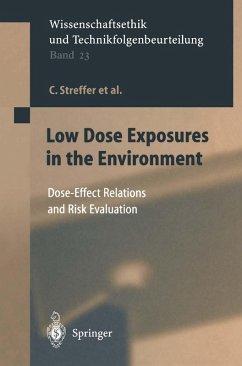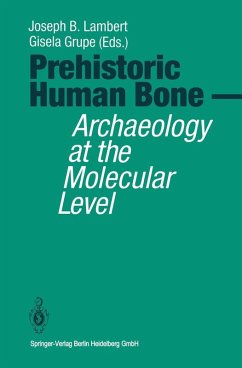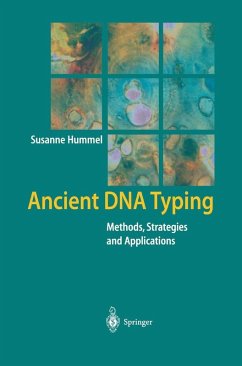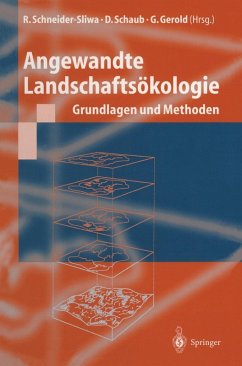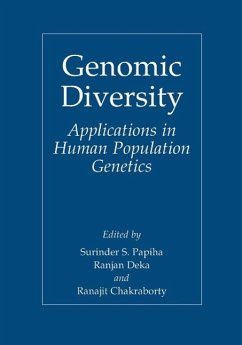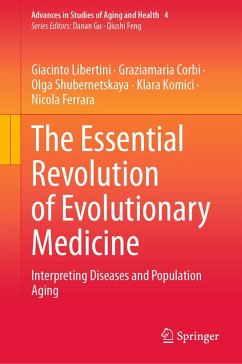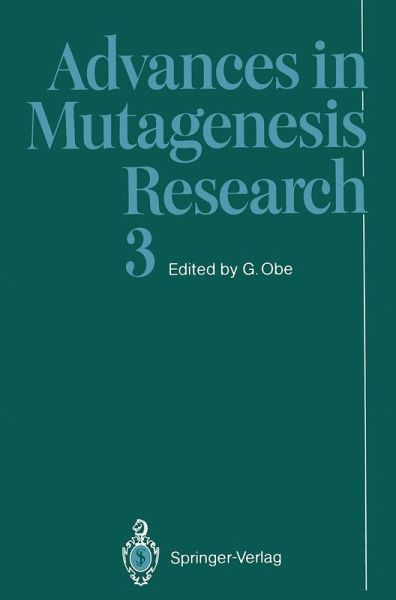
Advances in Mutagenesis Research (eBook, PDF)
Versandkostenfrei!
Sofort per Download lieferbar
72,95 €
inkl. MwSt.
Weitere Ausgaben:

PAYBACK Punkte
36 °P sammeln!
Applied genetic research, genetic toxicology and mutation research investigate the mutagenicity and cancerogenicity of chemicals and other agents. Permanent mutation in genes and chromosomes, can be induced by a plethora of agents, including ionizing and nonionizing radiations, chemicals, and viruses. Among the aspects discussed by Advances in Mutagenesis Research are (1) the understanding of the molecular mechanisms leading to mutations, and (2) the prevention of a thoughtless introduction of mutagenic agents into the environment.
Dieser Download kann aus rechtlichen Gründen nur mit Rechnungsadresse in A, B, BG, CY, CZ, D, DK, EW, E, FIN, F, GR, HR, H, IRL, I, LT, L, LR, M, NL, PL, P, R, S, SLO, SK ausgeliefert werden.




